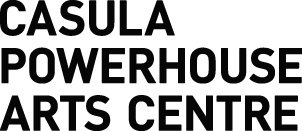BRAVERY UNMASKED
Casula Powerhouse Arts Centre and The South West Sydney Cancer Therapy Centre of Liverpool Hospital proudly present Bravery Unmasked for the 5th year in 2020. The past five years have seen growth and recognition for Bravery Unmasked with the 2019 exhibition showing 65 masks made by patients, carers, families and friends. The 2020 Bravery Unmasked is a virtual exhibition showcasing a curated selection of masks from the past 5 years.
Casula Powerhouse Arts Centre has a strong history of using the arts for and with the community to enhance wellbeing. The relationship between Arts and Health provides a strong avenue for expression of the individual alongside any diagnosis received.
The radiation mask is a necessary tool for head and neck cancer treatment. Each mask is moulded individually to the patient, ensuring that each treatment pinpoints the physical location of the cancer without the need for tattooing the individuals face or neck. Bravery Unmasked uses making to transform the mask, offering an immediate ownership and a visual voice for the experience of cancer treatment. Changing the mask offers participants the opportunity to explore the impact of cancer from the perspective of those diagnosed as well as carers, family and friends. Healing is multi-faceted, responding to the mask allows the participants to create a new story around cancer.
When the mask becomes an object that can be manipulated the individual can communicate and even transform their relationship with cancer. The experience of cancer can be very intrusive, things are done to the individual and the experience of helplessness can be quite profound. Transforming the mask encourages us to reflect on the recurring themes of empowerment, love, healing, life, grief and loss.
Watch the video below to hear Viet Do - Director of Radiation Oncology at Liverpool and Campbeltown hospitals tell us about the exhibition and the process.
Casula Powerhouse wishes to thank Gregory Webb, South West Sydney Cancer Therapy Centre of Liverpool Hospital, Dr Viet Do, Julie McCrossin and all of the patients, families, carers and friends that we have worked with over the past 5 years.

Banner image: (from left) Phu Nguyen, Untitled | Kelly Reid, Untitled (Butterfly) | Omalbaneen Balat, Larce Al-Khamees, Meaning of Life | Victoria Kamaris, Suffocating
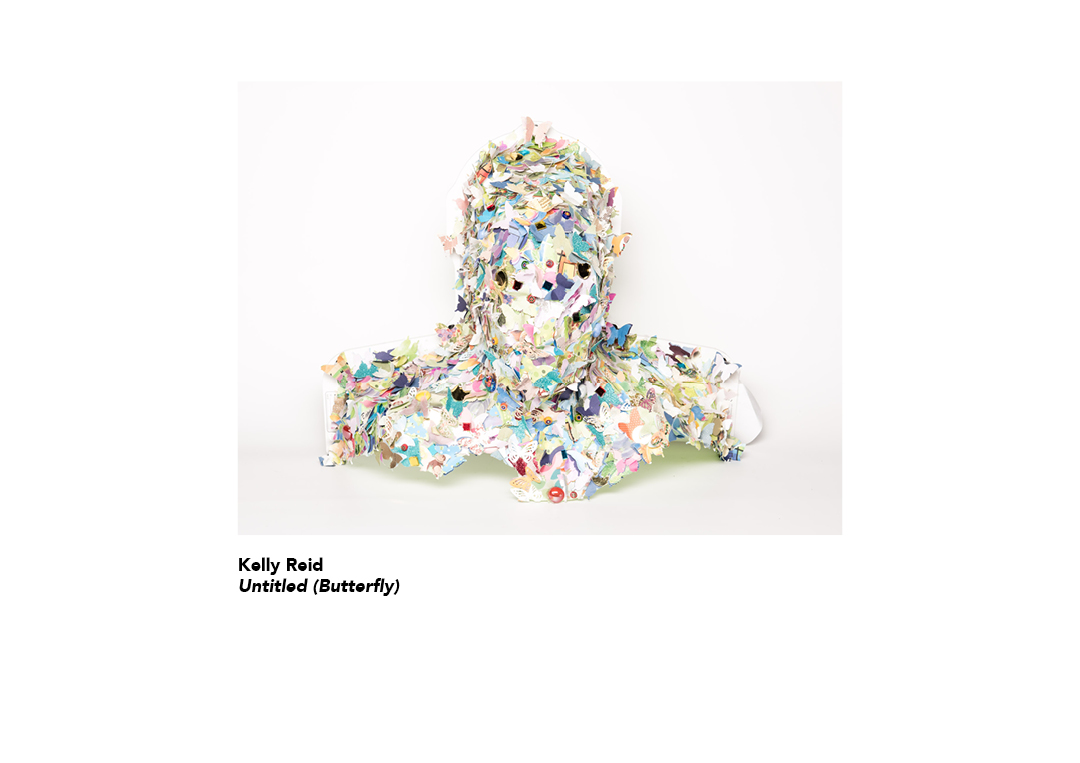
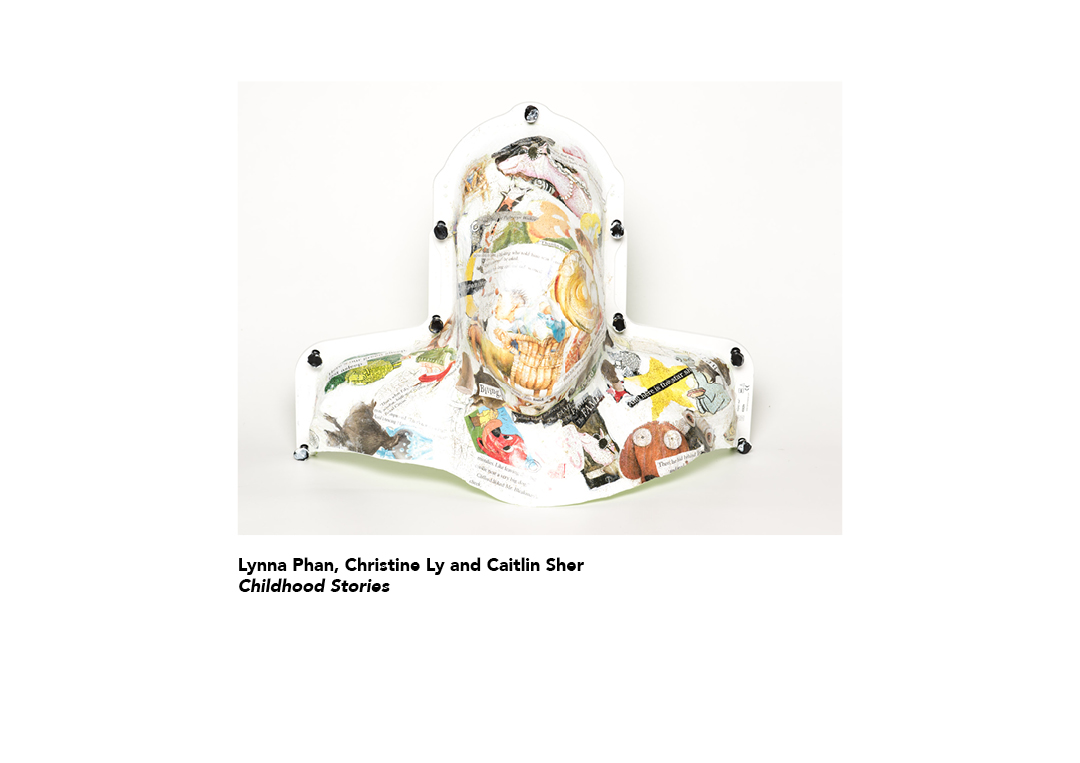
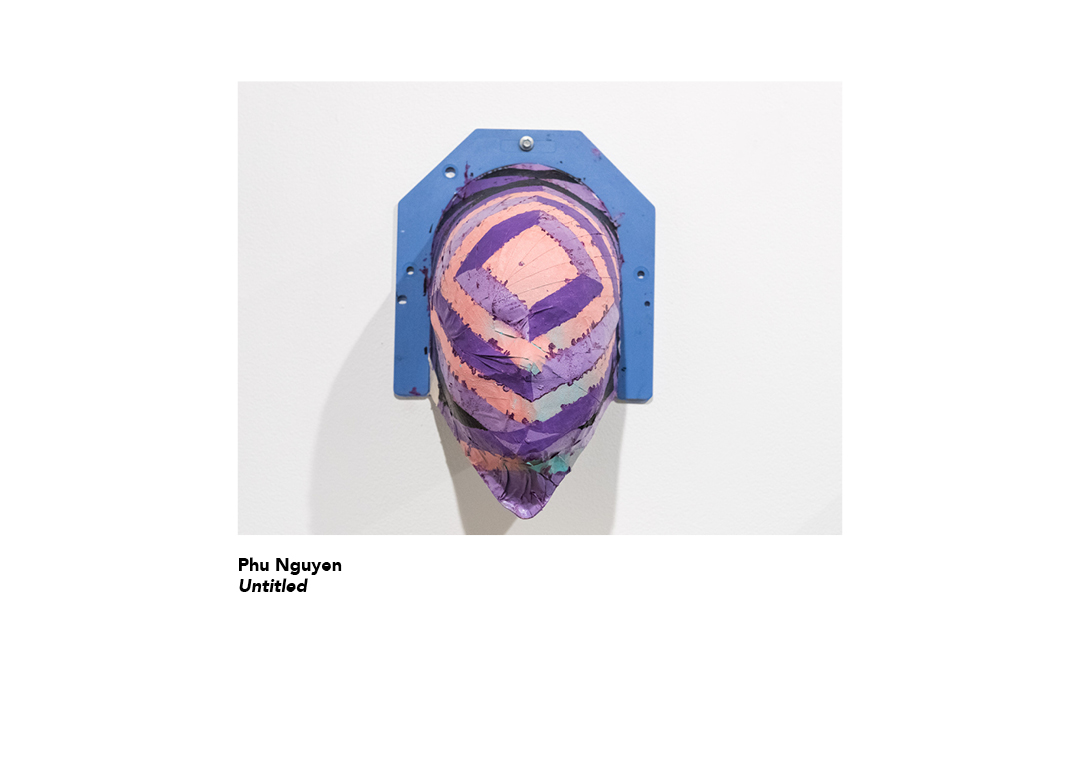
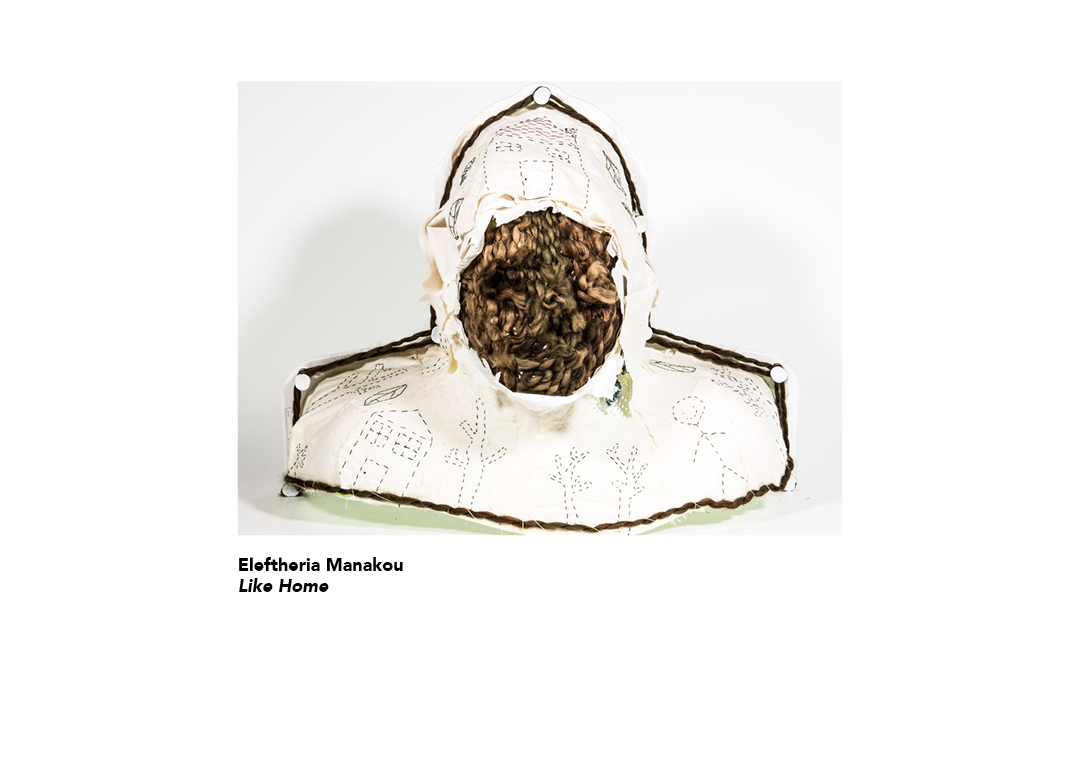
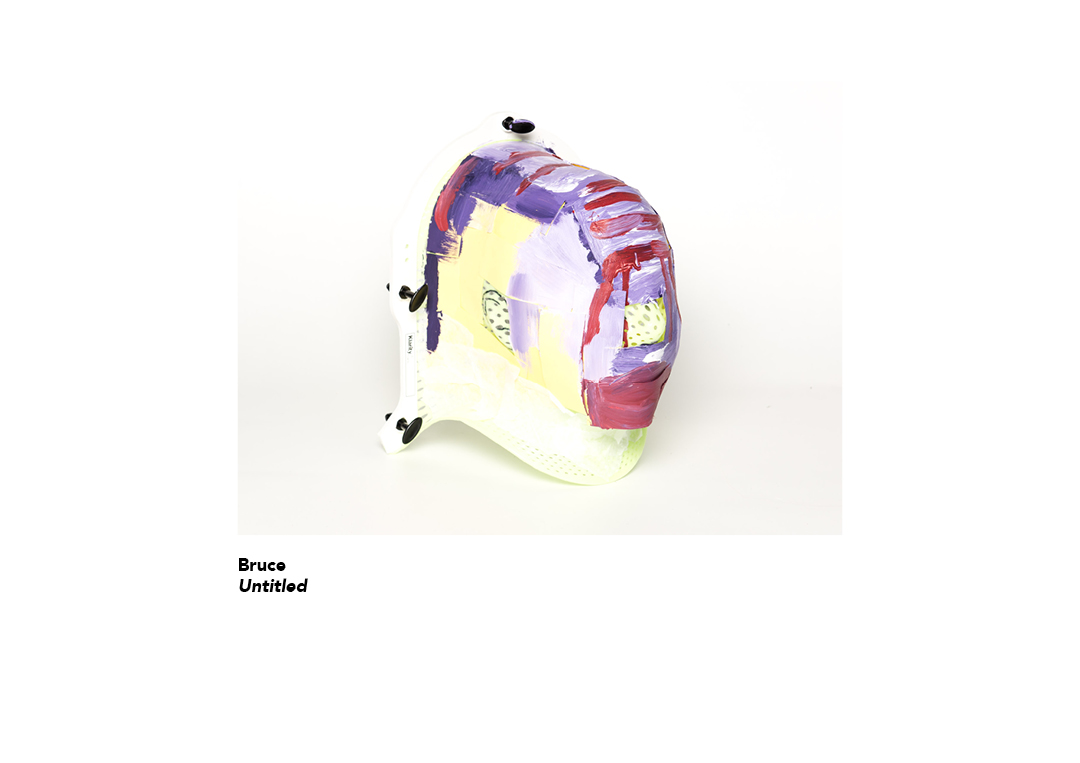
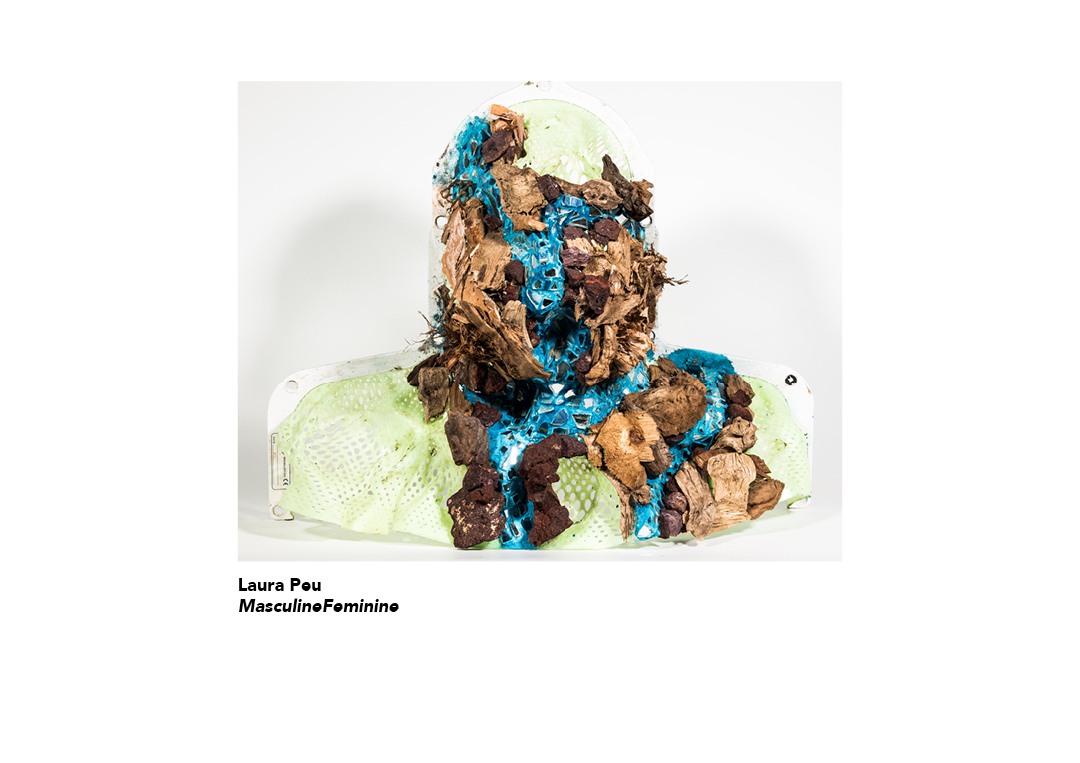
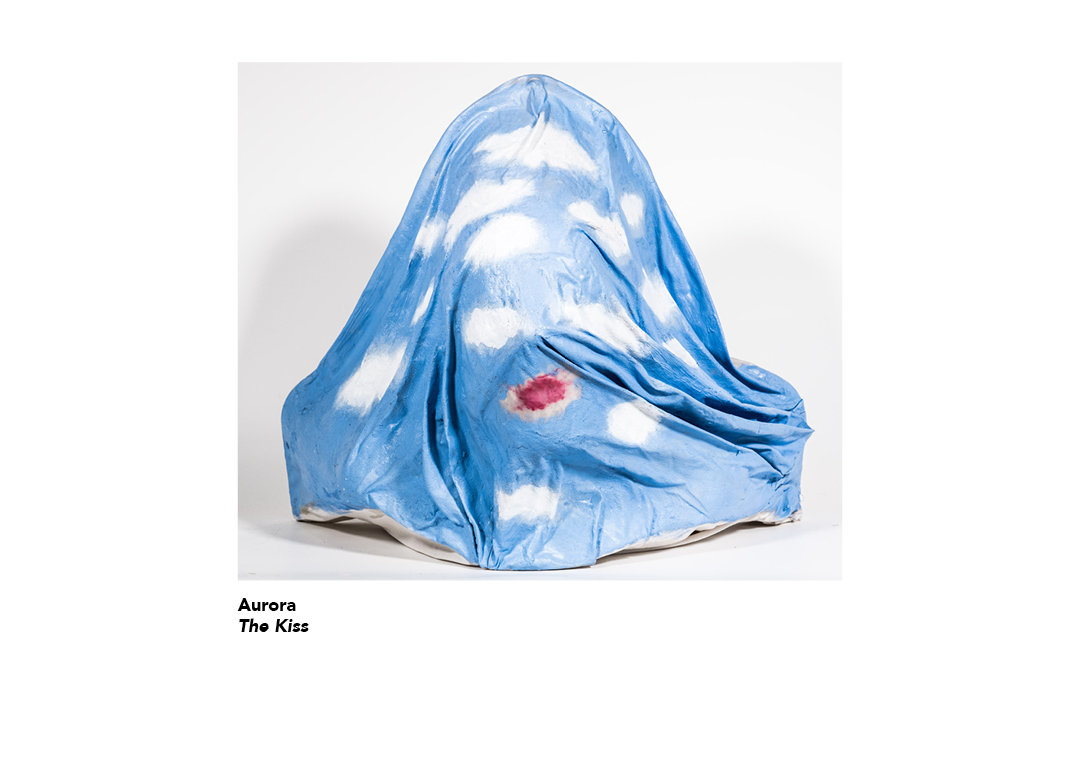
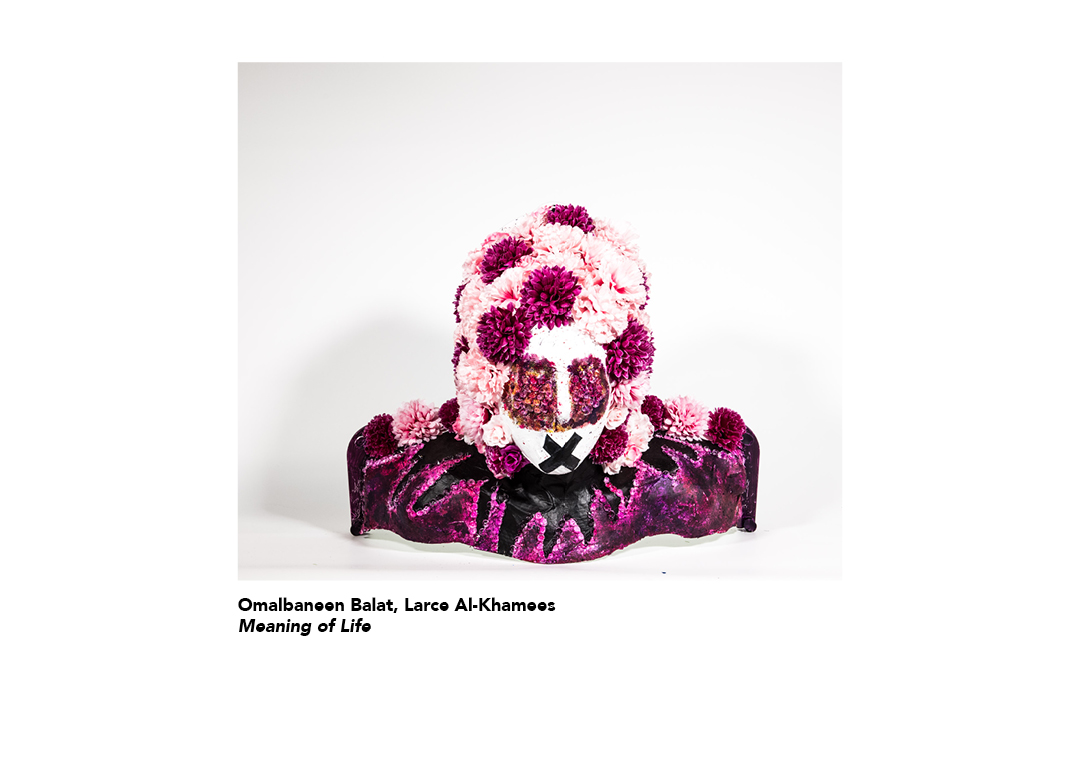
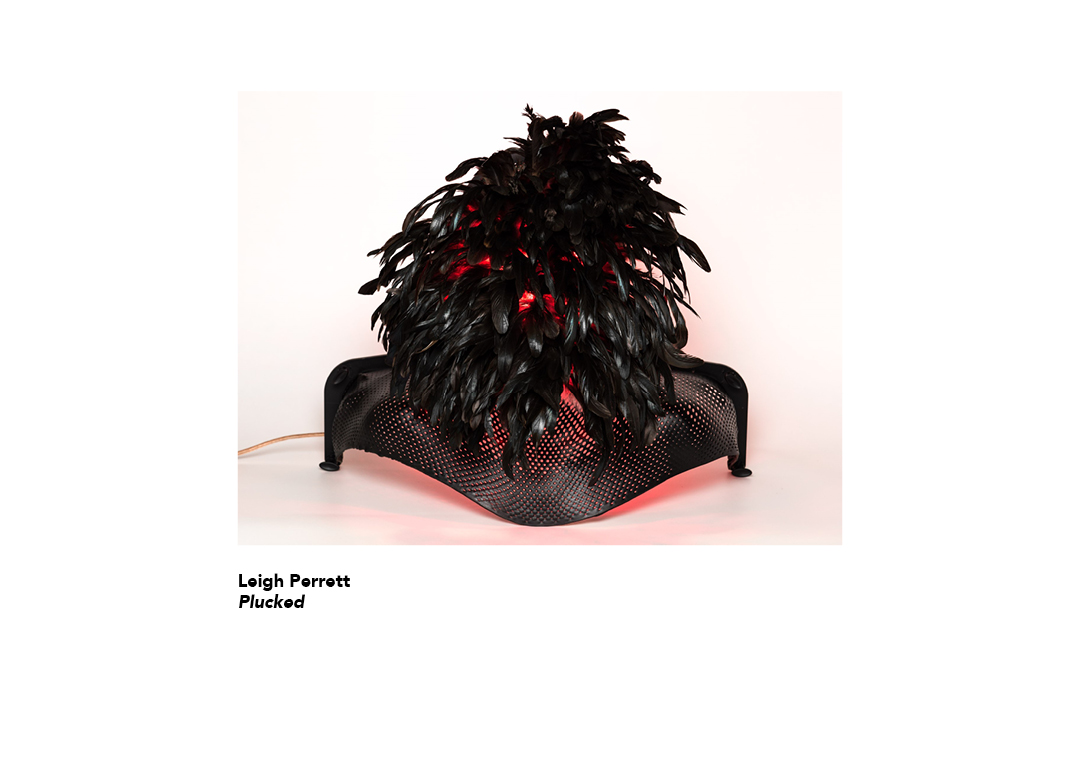
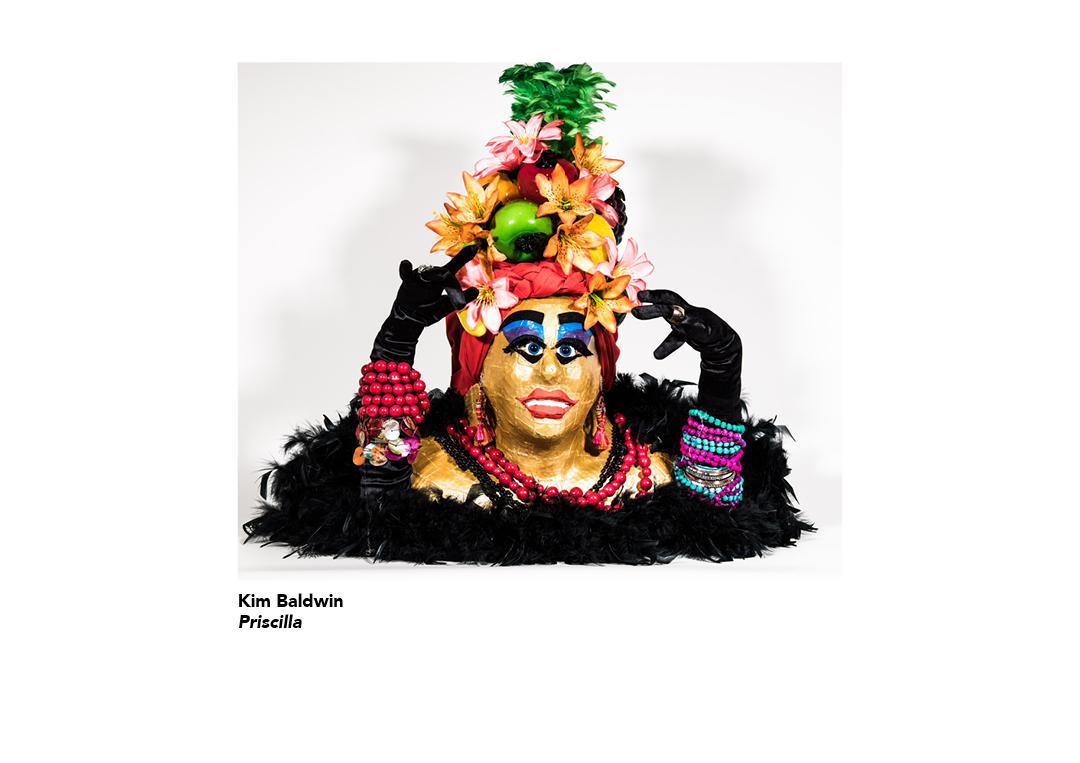
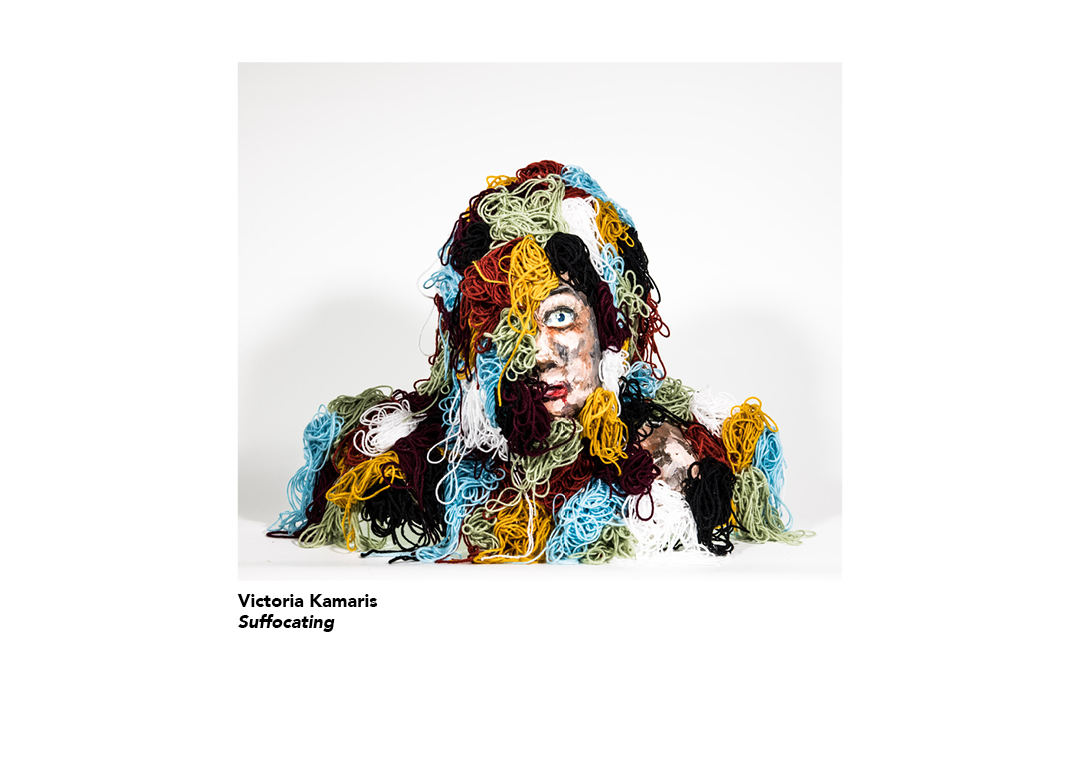
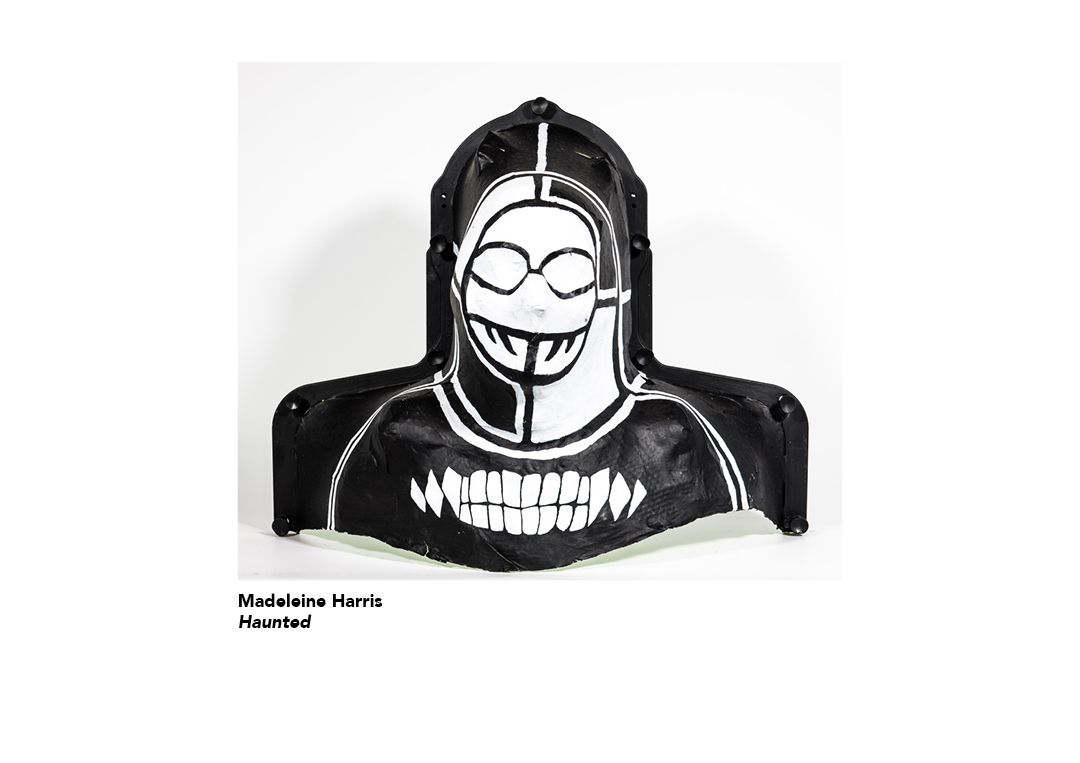
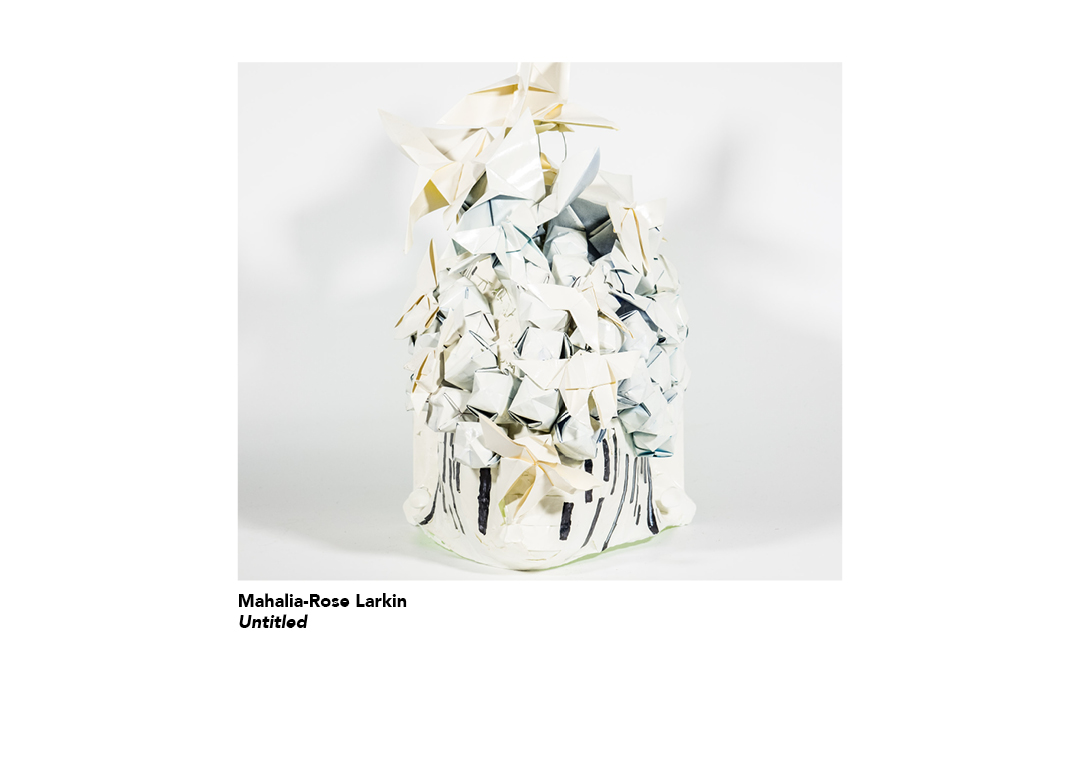
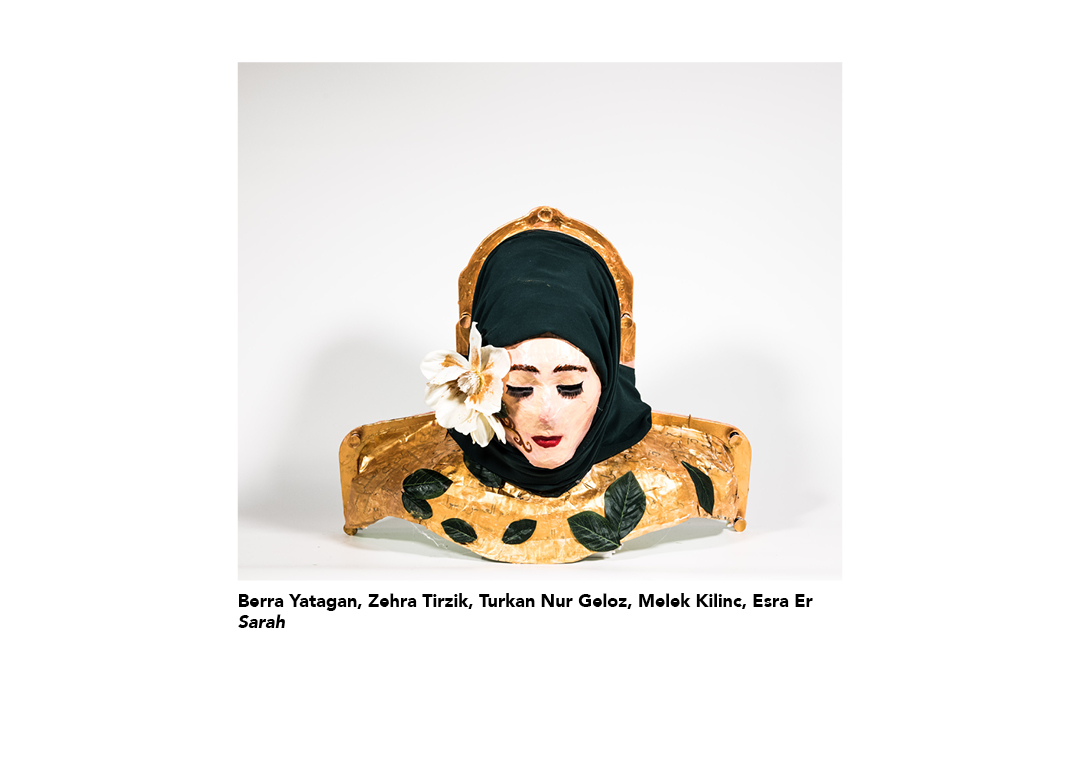
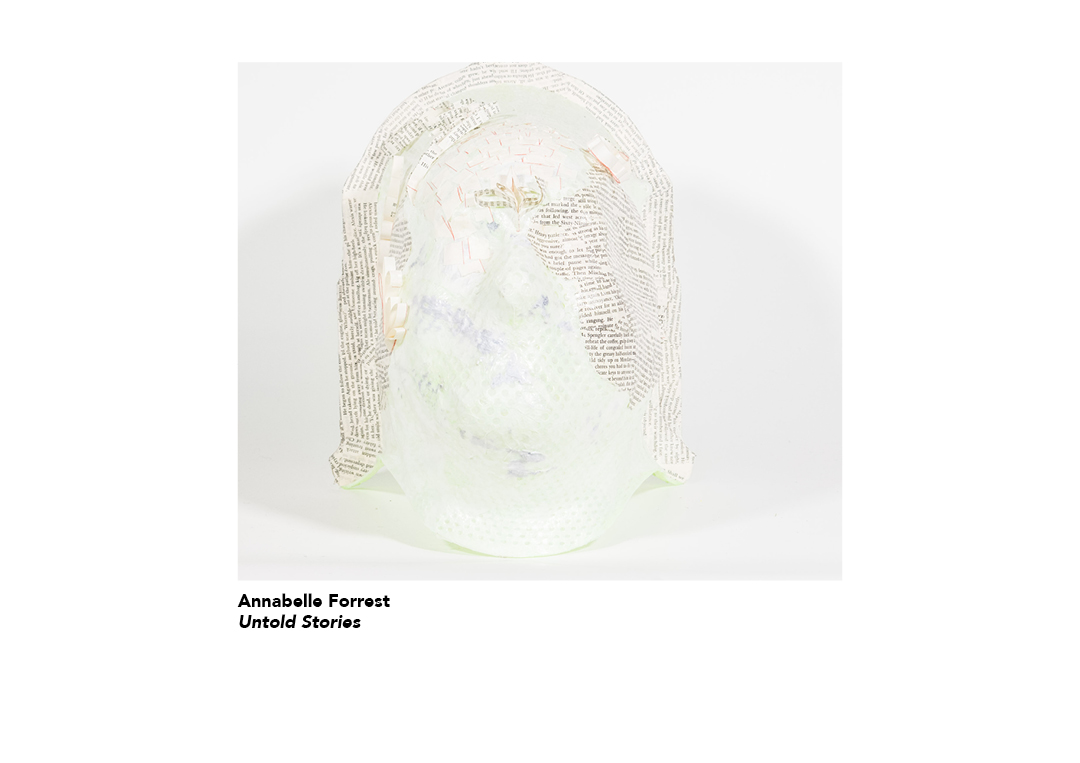
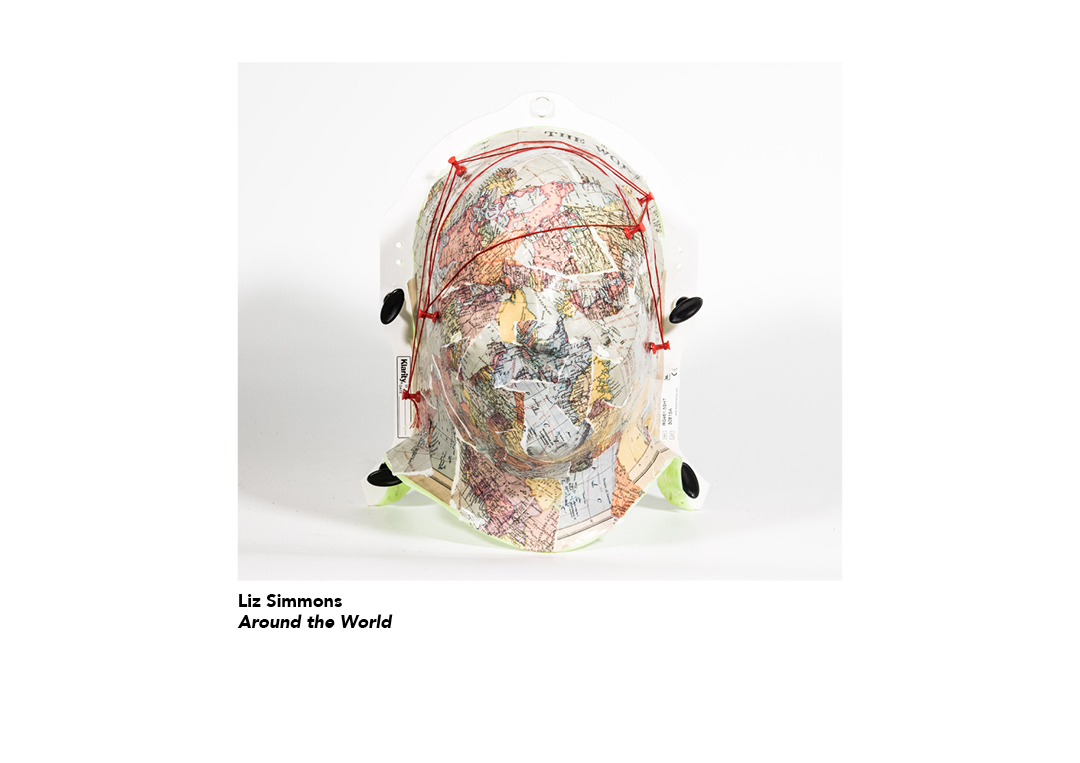
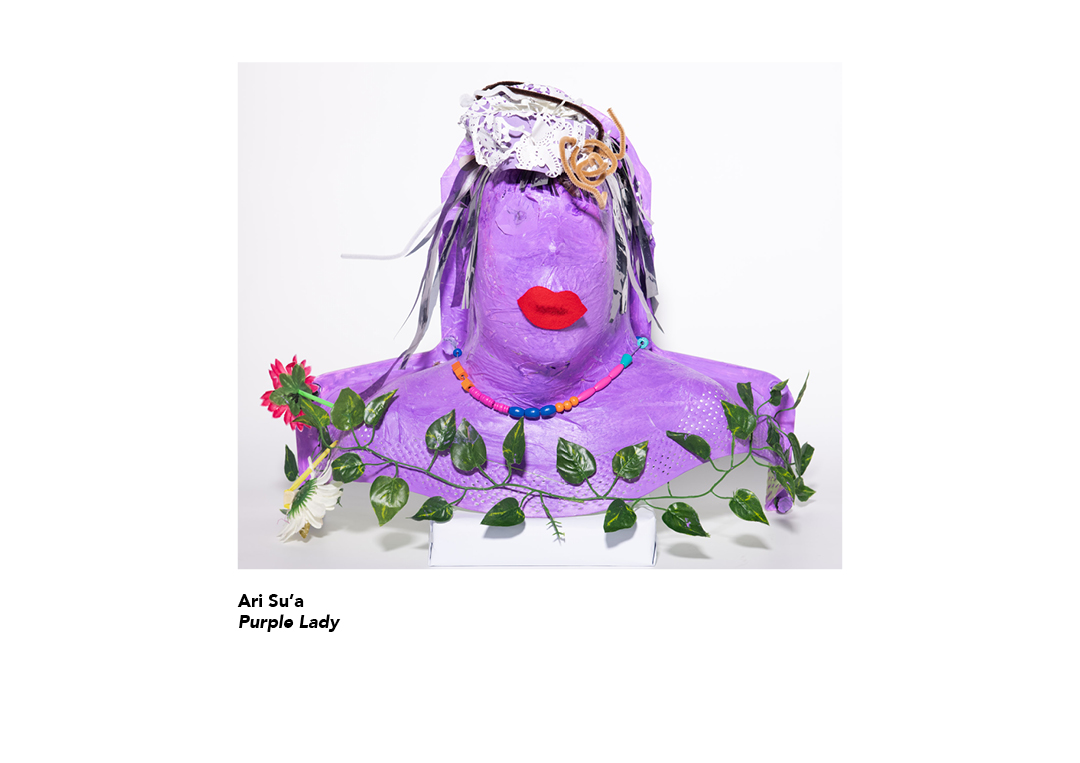
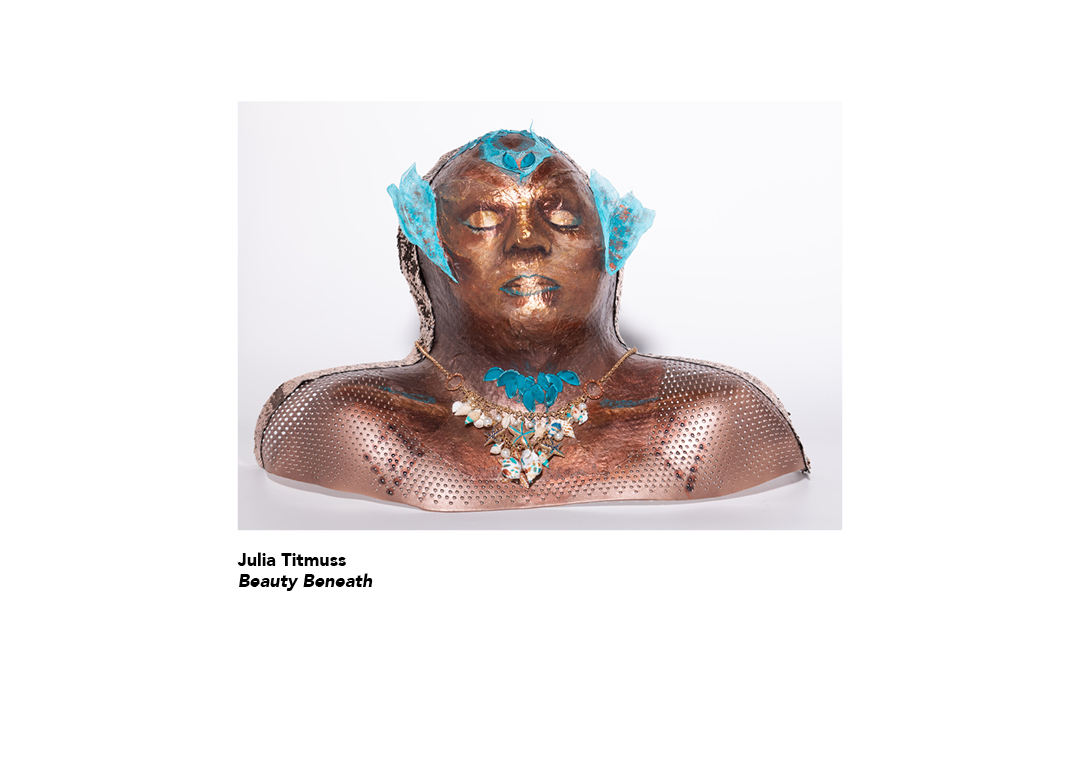
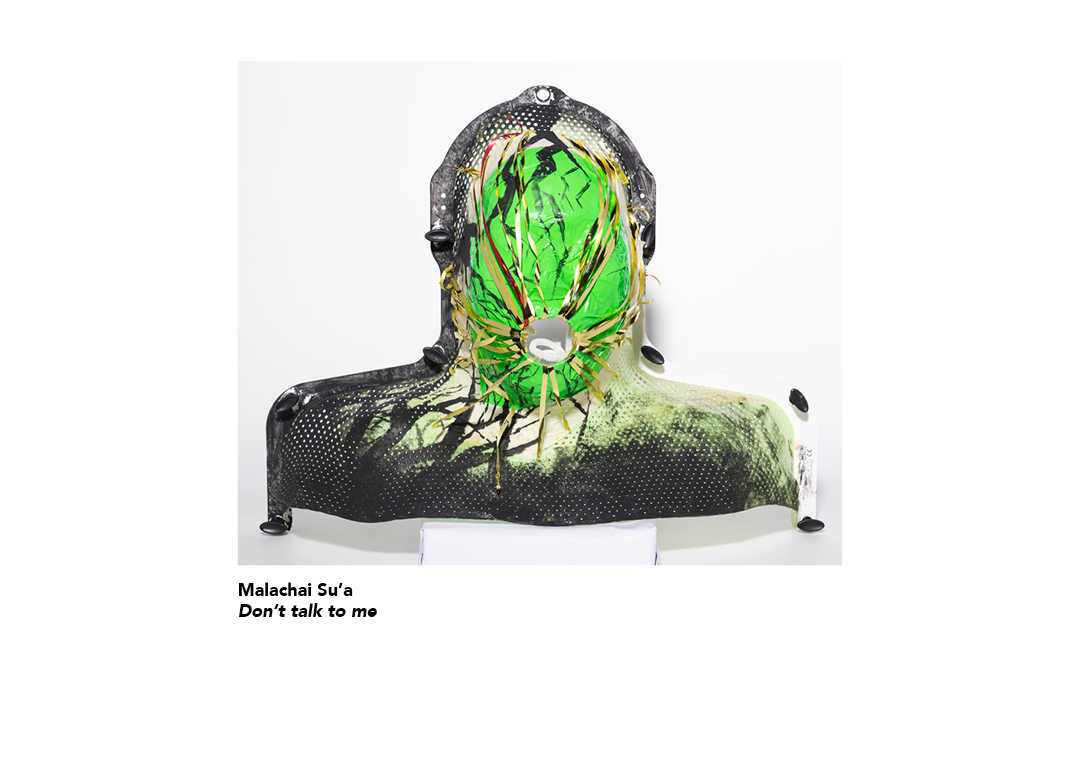
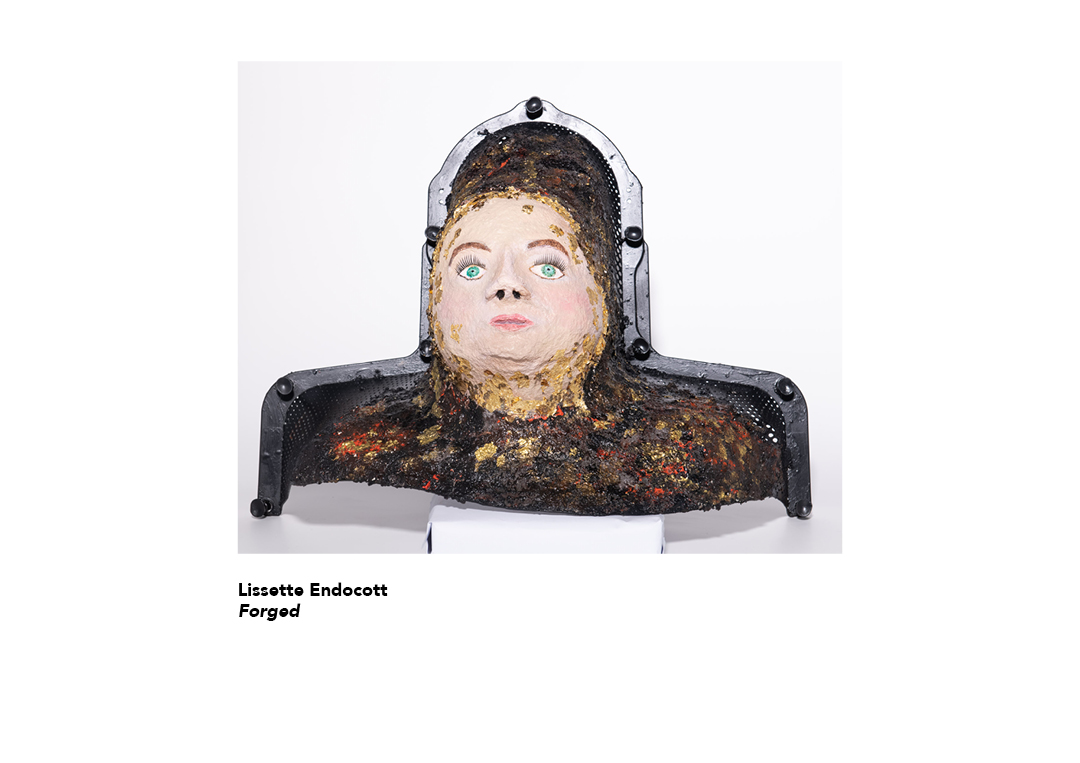
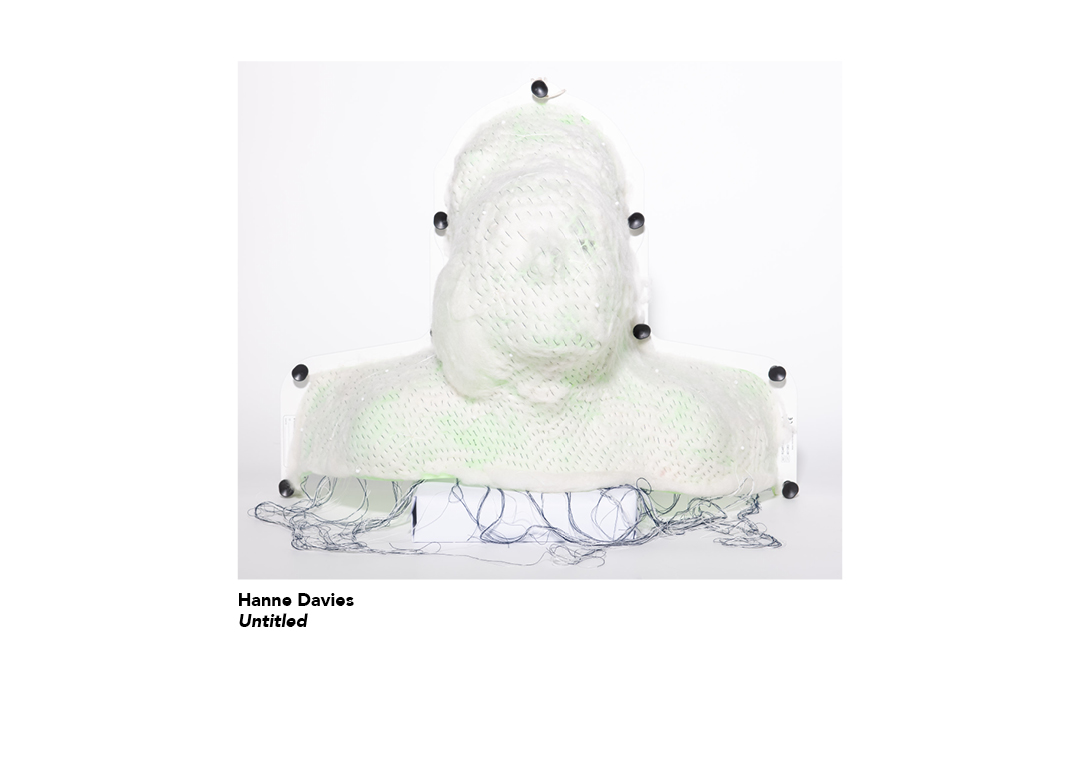
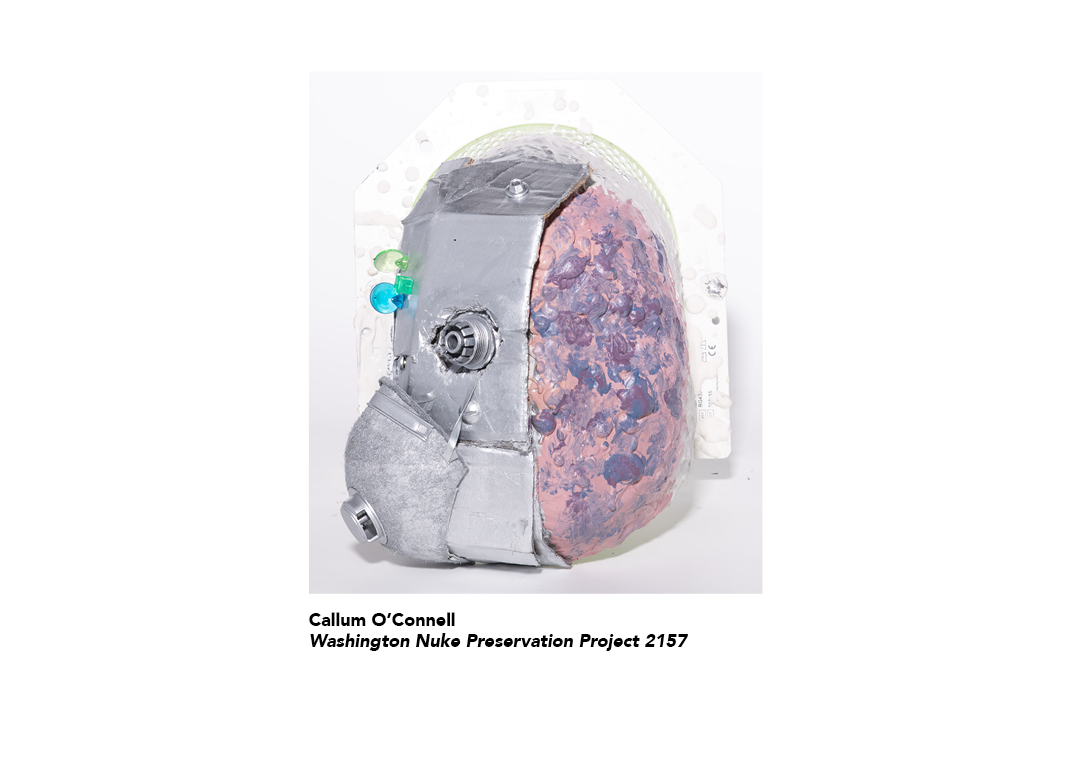
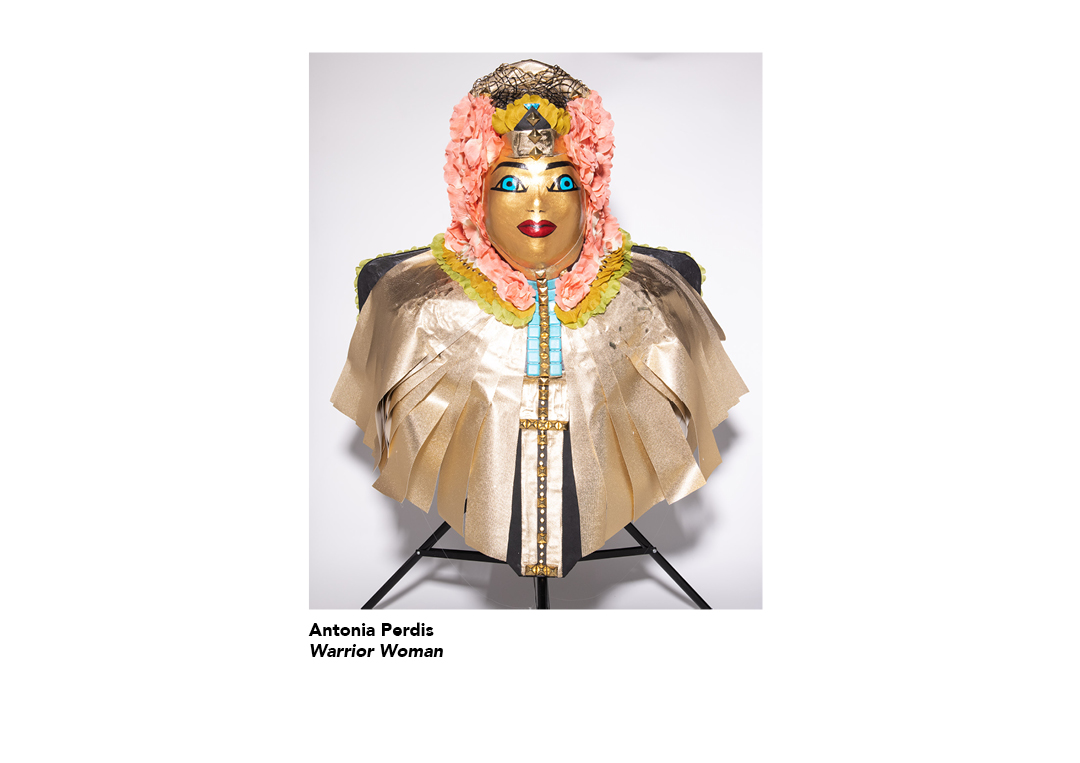
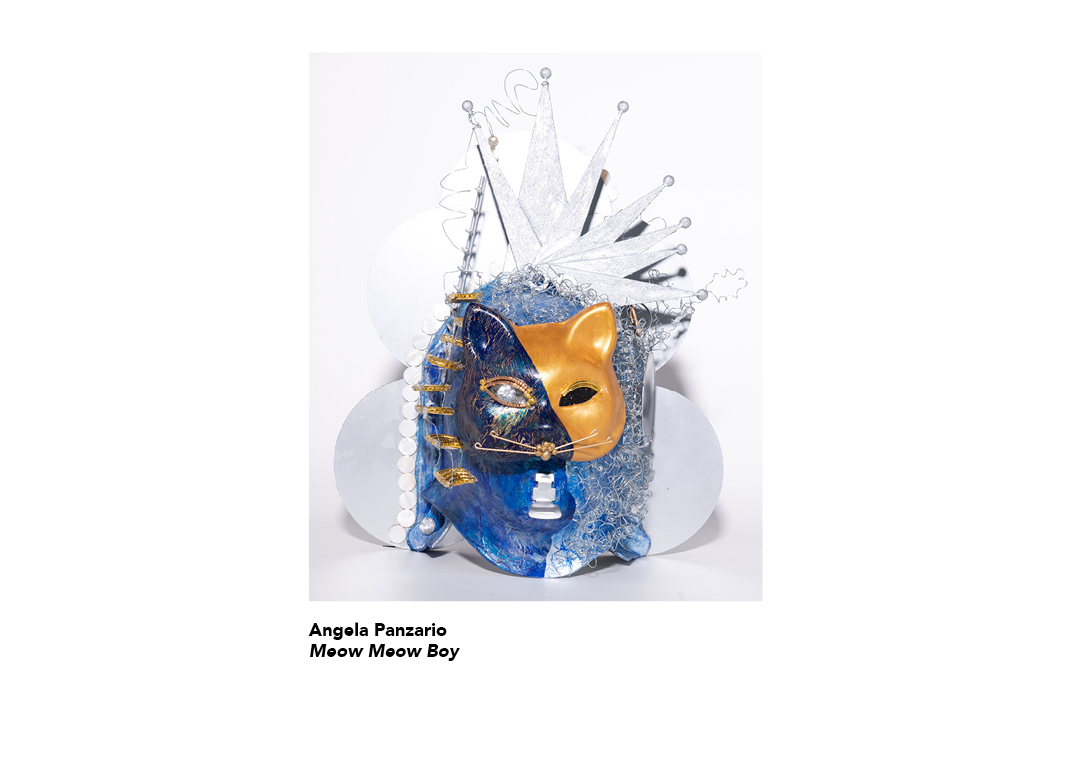
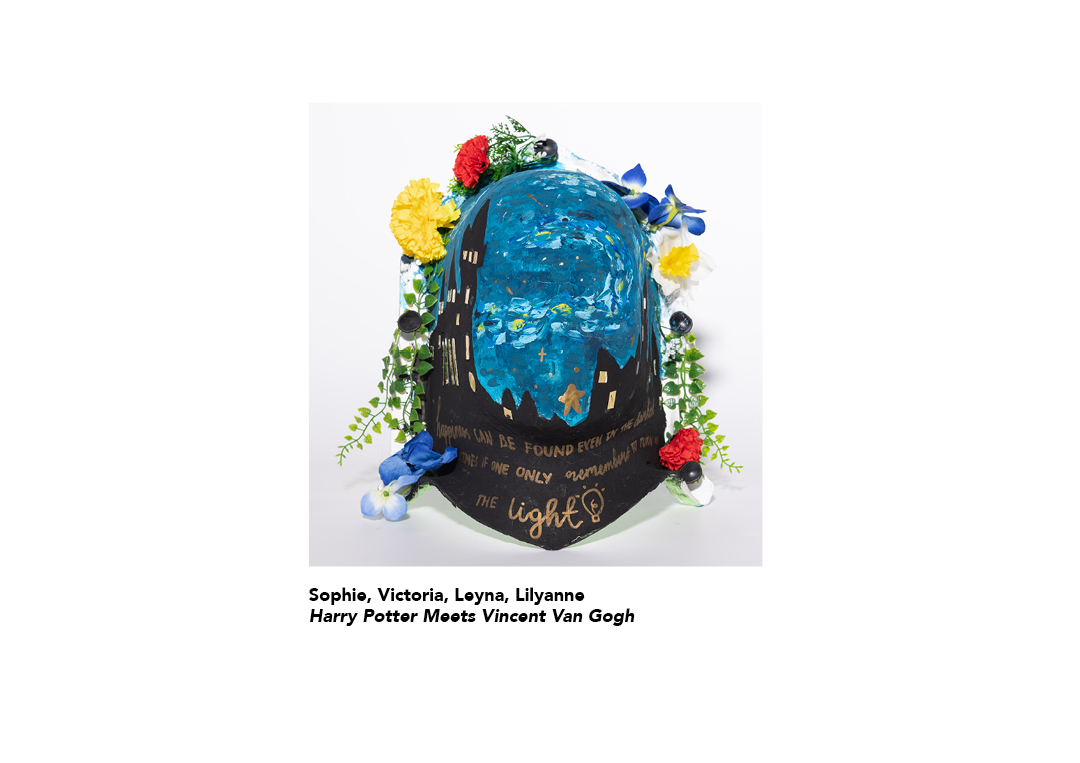
Instructions for Purchase
All masks are on sale for $50 with all money from the sale of masks in the exhibition will be donated back to the South West Sydney Cancer Therapy Centre. If you wish to purchase a mask please contact reception@casulapowerhouse.com or call (02)8711 7123.
Casula Powerhouse Arts Centre and the South West Sydney Cancer Therapy Centre thank you for your support.
Should you wish to donate to the Cancer Council NSW and assist in funding research and community programming towards the support and prevention of all cancers please visit https://www.cancercouncil.com.au/ways-to-donate/
Making a Mask
Radiotherapy moulds and masks
You might need to have a mould or mask made before your radiotherapy. The mould is also called a shell. The shell keeps the treatment area of your body still each time you have your radiotherapy. So your treatment will be as accurate as possible.
You might need a shell for radiotherapy to your head or neck or to an arm or leg. Moulds for the head or neck area are called masks.
Some types of mould are see through and others aren't. The radiographers might make marks on them. They use the marks to accurately line up the radiotherapy machine for each treatment. It is very important that you are in exactly the same position each time.
You might have the mould made in the mould room of the radiotherapy department or during your CT planning session. It takes between 10 to 45 minutes depending on the type of mould.
Preparing for a mould or mask
The mould is normally made directly against your skin. You need to wear clothing that you can easily take off from the area to be treated. You also need to take off any jewellery from that area.
You might need to take off make up. It may be helpful not to wear any. Or you could take along make up removing items as well as new make up to apply afterwards.
Having a lot of facial hair can make it difficult to make a head and neck mask. The radiotherapy staff will advise you on any hair issues at your planning session.
There are 2 ways of making masks. One way uses a plastic mesh that the technician moulds to the shape of your face and neck. The other method uses wet plaster bandages to make a perspex mask.
The process can vary slightly between hospitals.
Making a mesh plastic mask
A mould technician or radiographer makes the mask in the mould room of the radiotherapy department or during your CT planning scan.
This technique uses a special kind of plastic heated in warm water so that it becomes soft and pliable.
The technician puts the plastic on to your face so that it moulds to fit your face exactly. It feels a little like having a warm flannel put onto your face. You can still breathe easily, as the plastic won't cover your nose or mouth.
After a few minutes the mesh moulds and becomes hard. The technician takes the mask off. It is then ready for use.
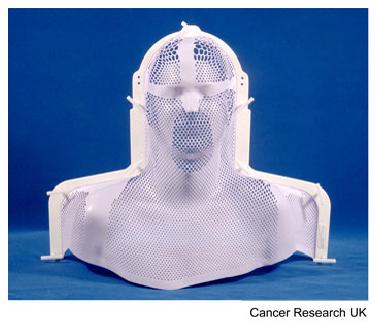
A mesh mask: The mask fits snugly to your face and neck and has holes cut for your eyes, nose and mouth. It is ready to wear at your next visit.

A perspex radiotherapy mask: The photo shows how the mould fixes to the radiotherapy table while you are having treatment. It may feel strange and claustrophobic at first. You may need to wear it for between 15 to 45 minutes. Let the staff in the department know if you feel worried or anxious. They can make suggestions about what may help you to relax.
Information taken from Cancer Research UK
Patient's Experience of the Mask
Julie McCrossin has become an Ambassador for Targeting Cancer. She had oropharyngeal cancer treated with radiation therapy and chemotherapy around 6 years ago. She has recovered her speech and swallowing, and is back to her usual busy life. Click here to read more about Julie's story
